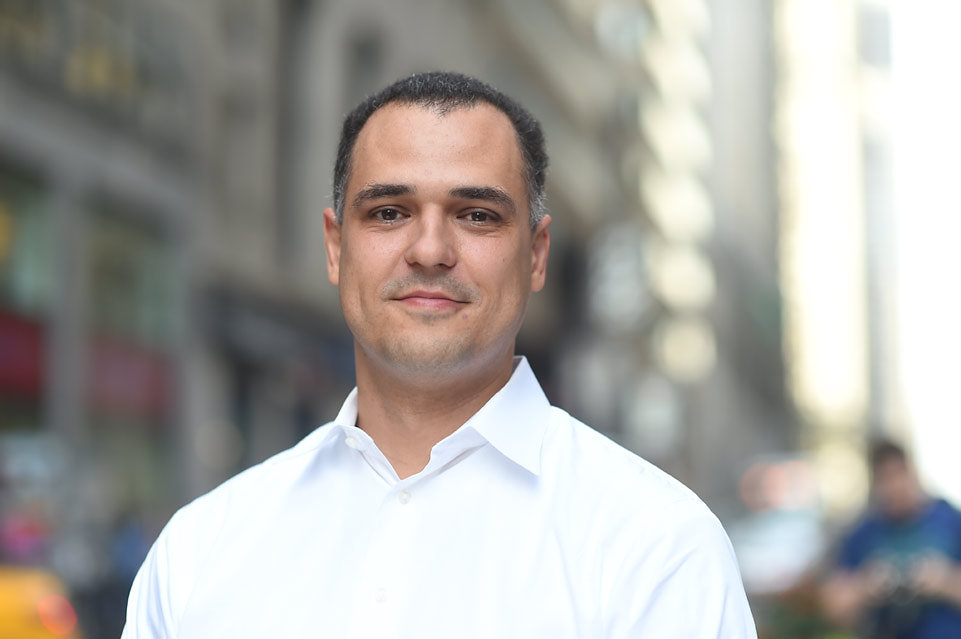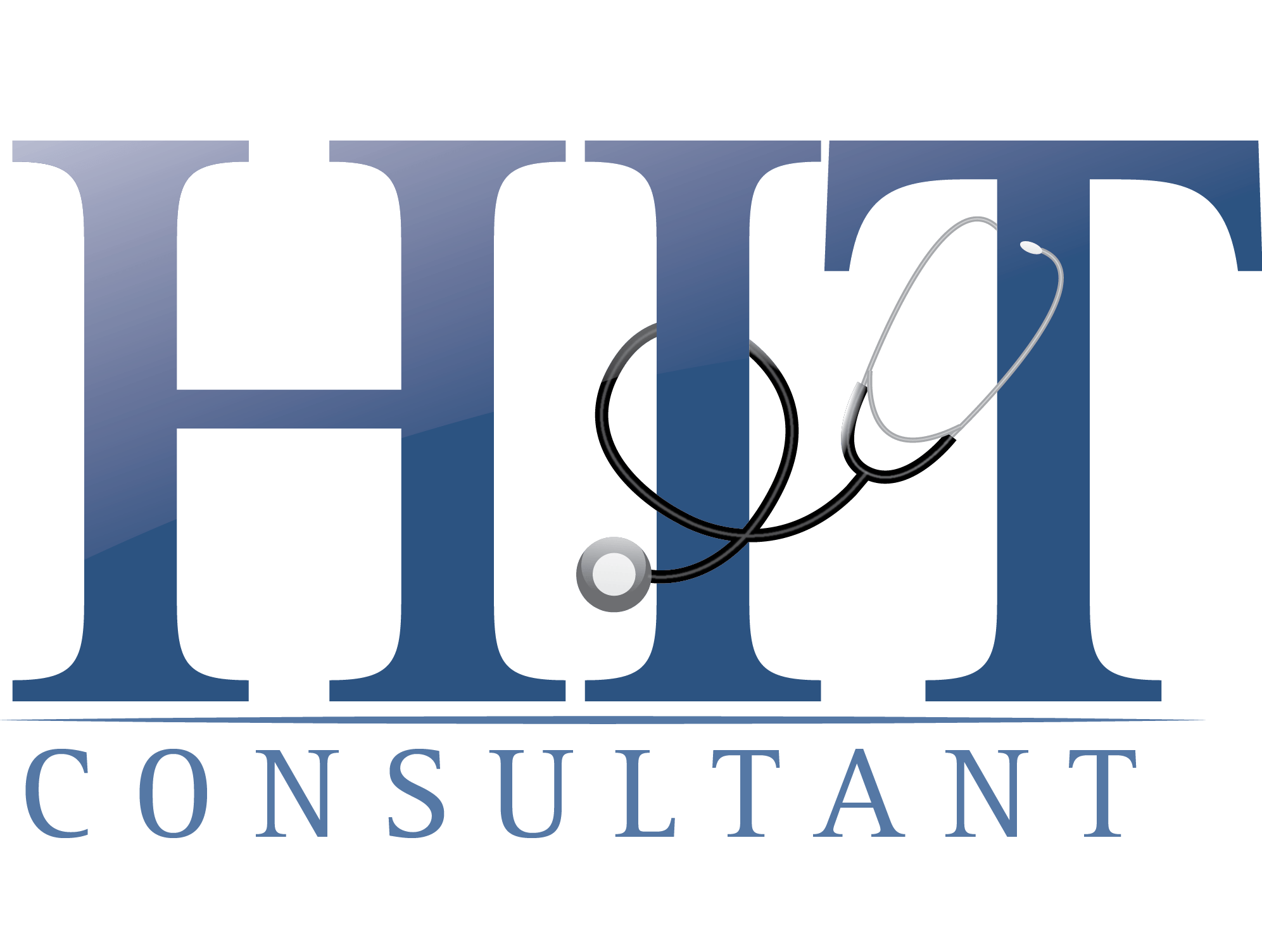
The goal of a patient portal is to facilitate patient engagement – to give patients a more integral and active role in their own healthcare.
But recent research shows that 65 percent of patients believe that coordinating and managing healthcare – two areas where a portal should be helping – is overwhelming and time-consuming. This friction can have an impact on care outcomes: 54 percent of patients believe their health would be better if they had more support navigating the healthcare system.
What’s clear from these numbers is that patients want and need more guidance and assistance from their healthcare providers. That’s why portals and apps in 2025 should be designed to meet and support patients where they are now – not where they were several years ago. Healthcare organizations need to understand those differences if they want to live up to today’s patient expectations.
Today’s Patients are Healthcare Consumers
Five years after the onset of COVID, patients and providers alike are still sorting through the massive changes that the pandemic brought to the healthcare system. Among the most significant shifts, of course, was the move from in-office visits between patients and their healthcare professionals to more tech-enabled interactions.
As these telehealth appointments, virtual visits, and patient portals persisted beyond the pandemic, however, the limitations and challenges of this new dynamic have become more obvious. In the intervening years, patients have grown accustomed to enhanced digital engagement in many other areas of their lives.
To that end, patients today tend to judge their digital healthcare experience through a consumer lens, the same way they would an interaction with their streaming provider or favorite social media app. As healthcare consumers, they want more – more connection, more access, and more information.
With few exceptions, however, most healthcare organizations’ standard patient portals aren’t meeting these heightened expectations.
The Balance Between Tech and Touch is Crucial
At the heart of the problem is the fact that healthcare providers have long treated portals as information repositories. But patients today want a more empathetic, personalized, and well-rounded experience that they can trust. They’re looking to see more than the basics with things like:
- Insights about their conditions.
- Care management tips and plans.
- Financial guidance and insurance eligibility information.
All of this knowledge should be available not only to patients, but their families and caregivers as well. Adults already spend 8 hours per month coordinating their own care or a loved one’s; a more effective digital patient experience can make things far easier.
In many cases, healthcare organizations may have the right digital tools in place (like a portal from their EHR provider). What’s missing: the coordination to make those tools work well for today’s healthcare consumers.
A relatable example is appointment scheduling, a common source of aggravation for both patients and physicians alike. With so much provider-side data (about physicians’ schedules, average visit length, patients’ typical appointment frequency), patients these days expect a more efficient – and helpful – system. That could mean everything from annual physical reminders to intuitive in-app scheduling.
Today, many portals aren’t quite there yet. But they can be. It’s time for healthcare organizations to examine their own level of digital sophistication – and make upgrades where needed.
Patients Want a Connected Experience That Brings Everything Together
Healthcare organizations looking to redefine engagement in 2025 need to focus on a seamless patient experience with tech that is:
- Integrated: Today’s portals should bring multiple data sources together in one convenient place.
- Proactive: Predictive analytics can provide helpful insights and health tips based on patient data and behavior.
- Personalized: Every digital experience should be as unique to the patient as a visit to their physician would be – something that AI can help deliver.
While many current patient portals are satisfying basic informational needs – and maybe even hitting some of those marks above – meeting the next level of patient expectations will require healthcare organizations to:
- Look at things from the outside in to better understand how patients are expecting to interact with their systems, platforms, and apps.
- Determine where they can best empower patients and add value by eliminating fragmentation within their healthcare journey.
- Build the digital bridges that help span those gaps and make things seamless.
The good news is that the everyday technological advances heightening patient expectations can also help healthcare organizations meet those needs. Gen AI tools, for example, can streamline the process for modernizing apps and portals by helping to speed up development timelines and accelerate software testing. The result? A better patient experience, sooner.
Meet the Needs of Today’s Healthcare Consumer
Patients today don’t want to be passive bystanders in their medical care – they want to be active, informed healthcare consumers. That means they’re more likely than ever to choose providers based in part on how easily they can interact with their physician and access helpful care information.
In other words, a standard, cookie-cutter, one-size-fits-all patient portal is not the digital experience they’re looking for. A laundry list of lab results and visit summaries may have been good enough in the past, but today’s patients are looking for insights and open communication along their healthcare journey.
The job for healthcare organizations: realign their digital strategy to give patients the experience they expect.
About Luiz Cieslak
Luiz Cieslak is an SVP at CI&T a global digital specialist. CI&T’s Life Sciences and Healthcare team partners with pharmaceutical companies, consumer healthcare firms, and medical device manufacturers to create better experiences for patients and healthcare professionals.
